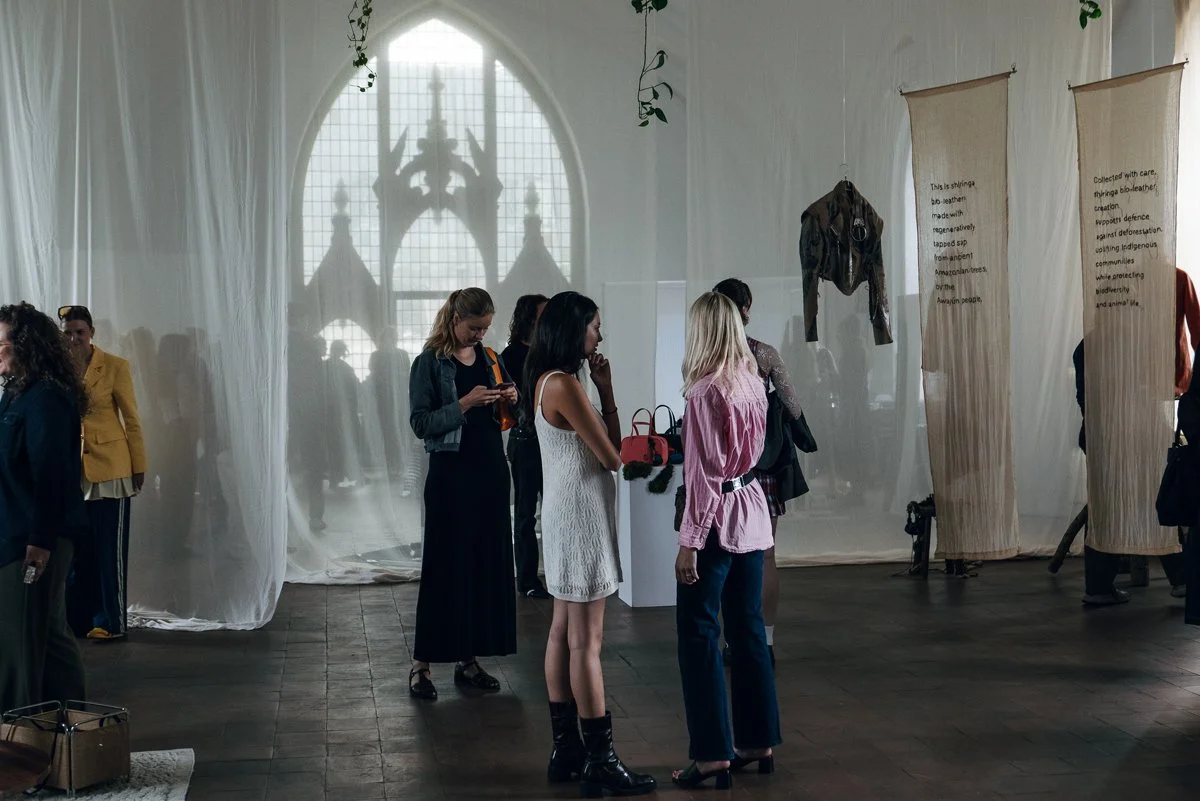
Blog Posts
Get in touch.
This space grows richer through dialogue.
Whether it’s feedback on my blog posts, ideas, book tips, photography topics you'd like me to explore, I would be happy to read from you!
If you’re passionate about photography, Finland or simply enjoy thoughtful visuals and stories, don’t hesitate to reach out.






